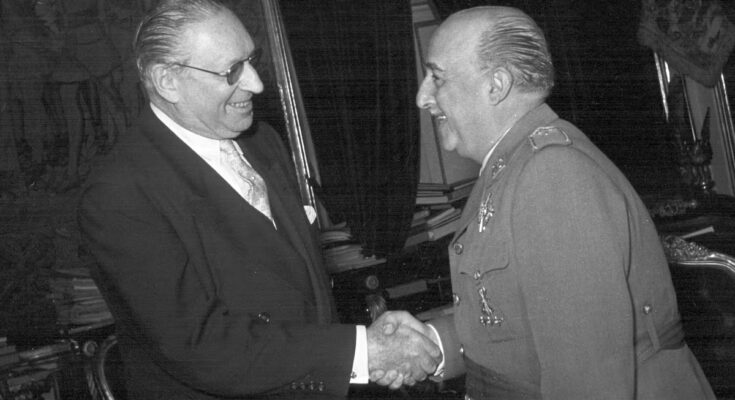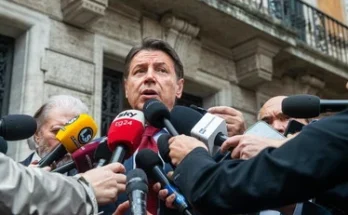This week marks the fiftieth anniversary of the death of Francisco Franco Bahamonde, “head of state, generalissimo of armies, leader of Spain and of the Crusade by the grace of God”. And in a few days it will be 70 years since Spain joined the United Nations (UN). This was a very significant step out of the isolation that Franco had brought about by winning the civil war at the hands of the German Nazis and Italian fascists.
Just two years earlier, in 1953, the Franco regime had normalized relations with the Vatican, through a concordat, and with the United States, through an agreement which provided for the installation of American bases in our country in exchange for economic aid. It was about getting out of the most sinister stage. Let us remember the most terrible effects of the Civil War (1936-1939), according to the calculations of the most conservative historians: 150,000 deaths in combat, 100,000 victims of executions and murders in the rear, 23,000 republicans shot after the war, 0.5 million exiles and 270,000 political prisoners in 1939.
A year after joining the UN, in 1956, the first university opposition clashes began. In the “events of February 1956” (revelers and rioters) there are, in principle, six prisoners to whom others will then be added: Dionisio Ridruejo, of the Blue Division and general director of Propaganda in Burgos, author of part of the Facing the sun; Miguel Sánchez Mazas, eldest son of a dictator’s minister, coiner of the slogan “Up with Spain!”; Javier Pradera, son and grandson of shot traditionalists, who was visited at his home at snack time by Carmen Polo de Franco to take pity on the “little orphans”; José María Ruiz-Gallardón, son of a journalist who was a personal friend of the leader; Gabriel Elorriaga, leader of the University Students’ Union (SEU), and Enrique Múgica and Ramón Tamames. The first four, black legs of the regime. This is how the famous manifesto launched on 1 April 1956 emerged (in whose drafting Jorge Semprún and Javier Pradera participated) which said: “We launch it on this very date – we, children of the winners and the vanquished – because it is the day of the foundation of a regime that has not been able to integrate us into an authentic tradition, of reconciliation with Spain and with ourselves”.
That regime gradually tried to adapt to the victory of the allies in the Second World War and bordered on the harder Phalanx, which was replaced by a variant of Catholic corporatism, the so-called national Catholicism, whose leadership positions would be occupied by members of Opus Dei, who sought an economic modernization of the country with a single party and without freedom. Something similar to what Pinochet then attempted in Chile, or right now in Xi Jinping’s China.
It is not advisable to sugarcoat Francoism by focusing only on its last phase, that of development. When taking stock and evaluating that regime today, it will be necessary to evaluate, in addition to the repression mentioned above, shortages, scarcity, ration cards, bankruptcy, hunger, the militarization of society, electricity restrictions, the black market, etc. Historians Juan Pablo Fusi and Jordi Palafox, in their book Spain 1808-1996 (Espasa), describing Franco’s dictatorship, they say that he established a new and strong state, with military leadership, fascist ideas, national trade unionism, economic nationalism… 1957-1959 (…). The dictatorship has always been a repressive regime.”
This regime occupies much of an exceptional 20th century for Spain: 23 years of non-democratic constitutional monarchy, seven of monarchy with dictatorship, eight of republic (three of which were in civil war), 36 years of Franco’s dictatorship, seven of transition towards a society of freedom and 19 of democracy.
The 21st century has broken that broken line. Let’s not go back to the same ones.



